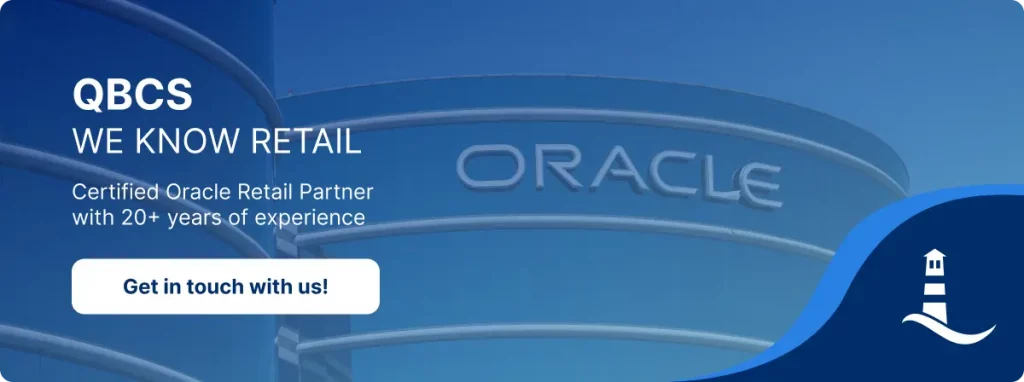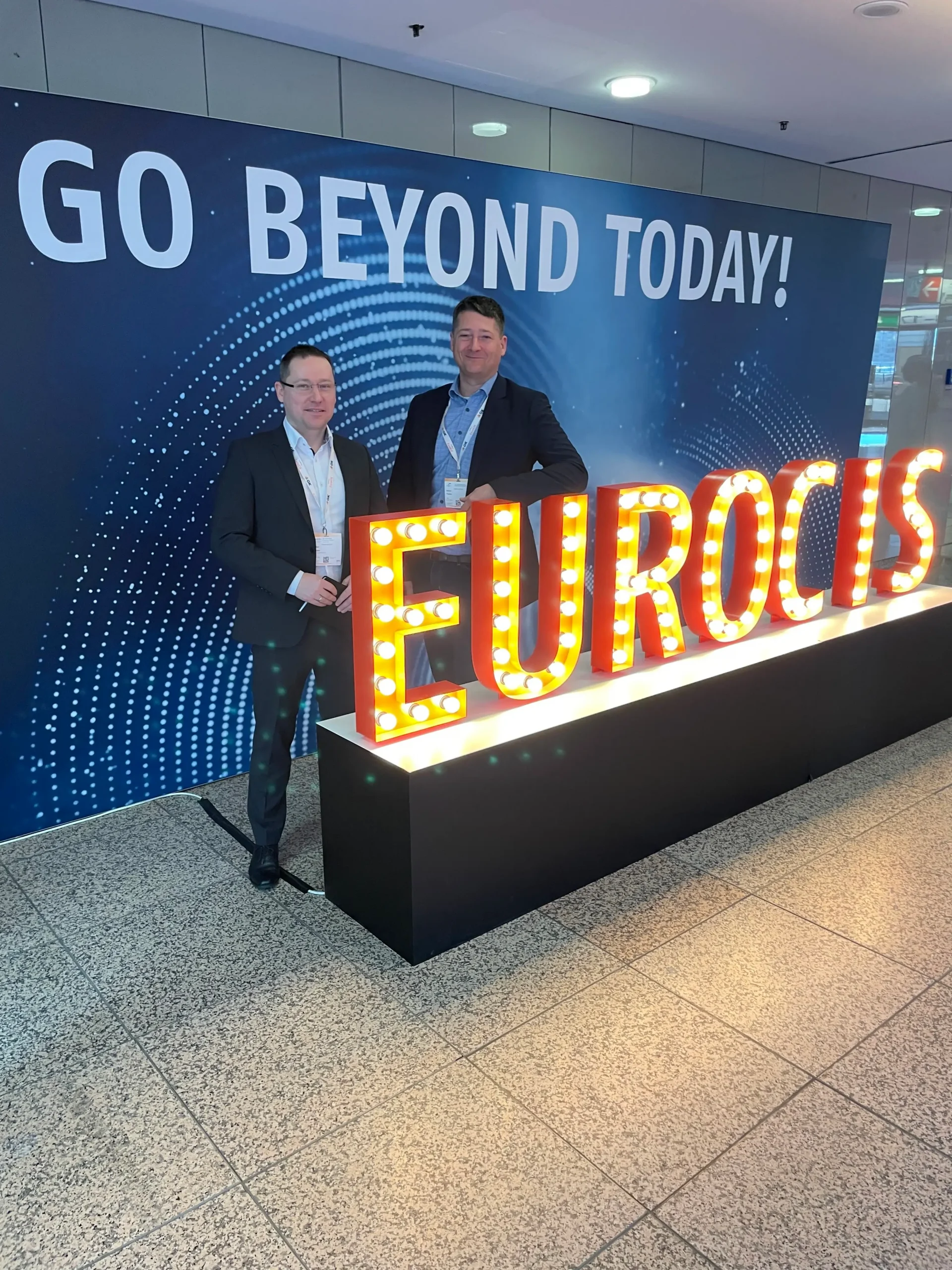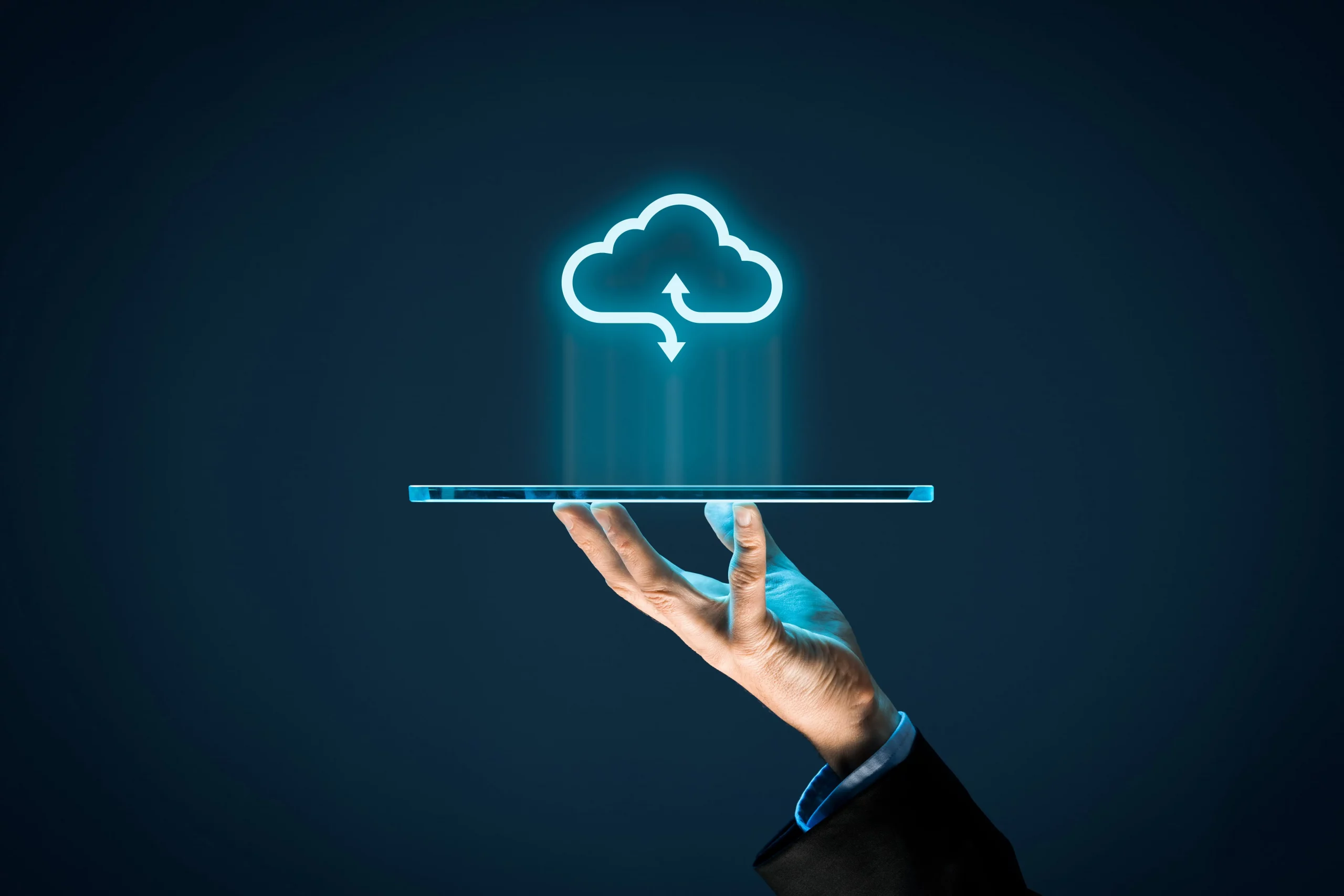Where Fuel & Convenience Differs
Seen from the retail perspective a petrol station differs in many ways from an ordinary retail outlet. For one thing, because of the special business rules and procedures needed, primarily for authorization control and transaction handling, but also because of the special equipment that needs to be controlled.
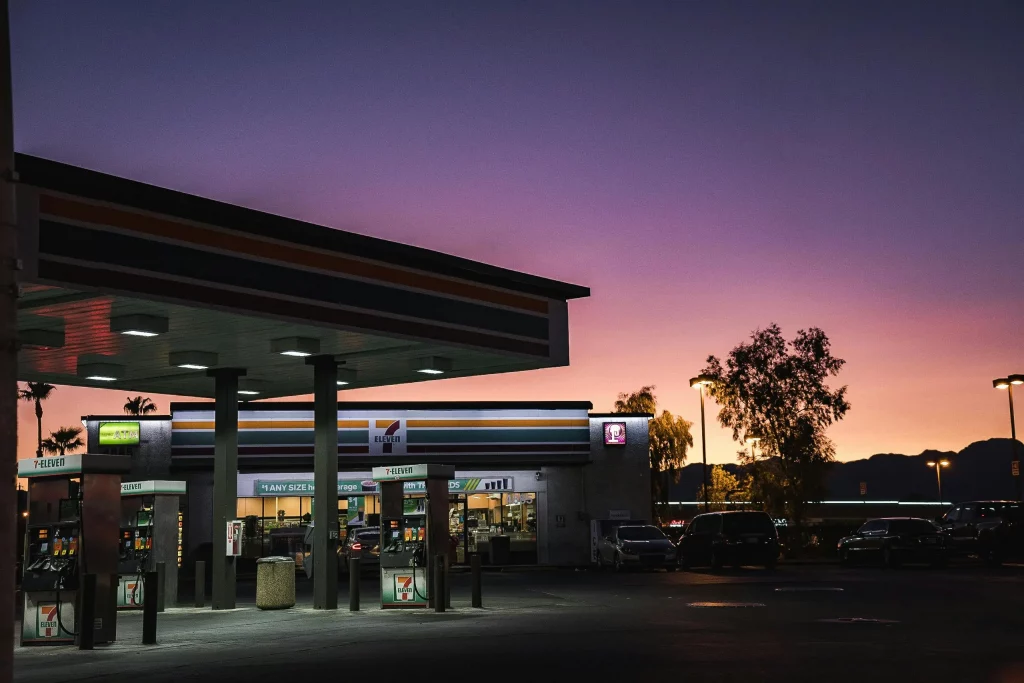
For example, the sale procedure differs from the common retail sale procedures:
- In self-service, the customer fills the car, pays with a card, and no attendance is needed.
- During daytime, the fueling point transactions may be pre-authorized but during the night, to avoid theft, all fueling points require authorization before dispensing any fuel
- You may wish to pre-pay your transaction, and after fueling your car, simply drive off. This scenario brings a lot of questions. For example, what happens if your car was already almost full, but you have prepaid a full tank of gas in your transaction.
What a transaction means may also differ from company to company:
- How many payment methods are available for a customer?
- Fuel spilled accidentally, which is not necessarily a transaction but wastage, where is the tolerance?
Wet stock management may also be different, when talking about, for example, manifolded tanks: do you wish to treat a manifolded tank as one tank or do you wish to track the inventory per tank?
The Challenges of Typical Forecourt Layouts
On this diagram you see a typical forecourt layout, with a forecourt controller in the center.
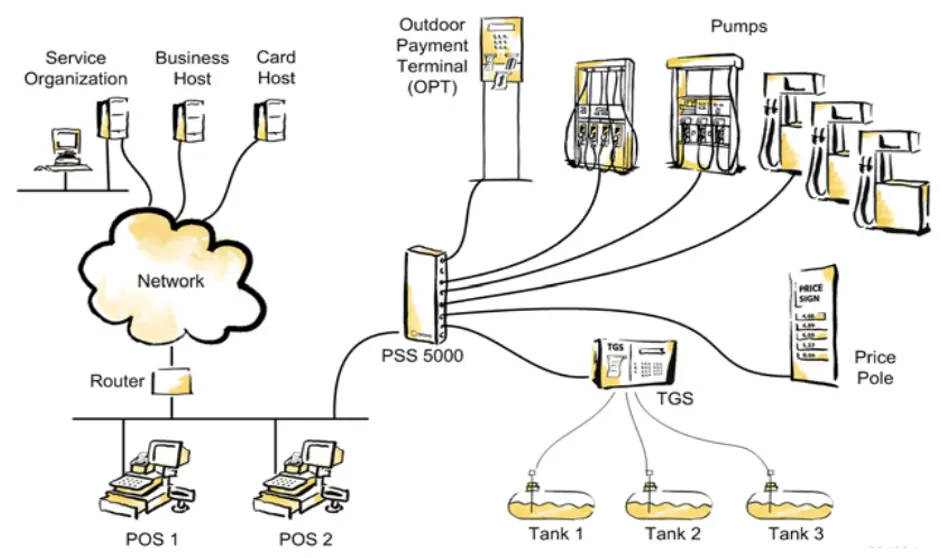
On the forecourt level (right hand side of the diagram) you may see different forecourt hardware such as tanks, tank gauge system (TGS), a price pole, multiple pumps and an outside payment terminal. Let’s just name this set as the ‘hardware’. On the shop floor/corporate level (left hand side) you may see the POS registers, and through a router, you may also connect to the corporate network. Let’s just name this set as ‘software’.
As you can see, a forecourt controller has a huge responsibility.
In between the specific forecourt hardware and the corporate network, a forecourt controller has to provide a stable communication channel between specific forecourt hardware and corporate software bundle with high availability, flexibility, control and with the possibility of instant upgrades.
How Our Extension Works
In our Xstore extension, we have implemented new screens for checking the levels & statuses of the underground tanks, fuel pumps and car washes. Since fueling points are the most used devices on a forecourt, we have built new views for the Xstore registers with respective graphics for each fueling point, with full, real-time control. All the actions performed on the screens are administrated for two reasons: to track the sales staff productivity and to avoid any chances for theft amongst the staff (no transaction can be performed without registering the transaction with the attendant information).

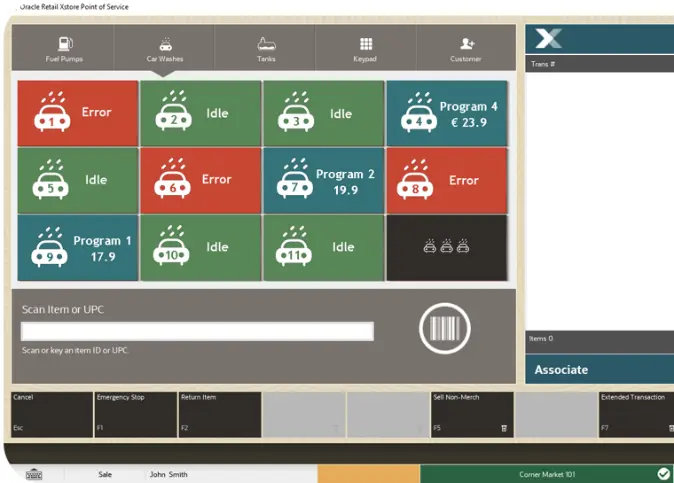
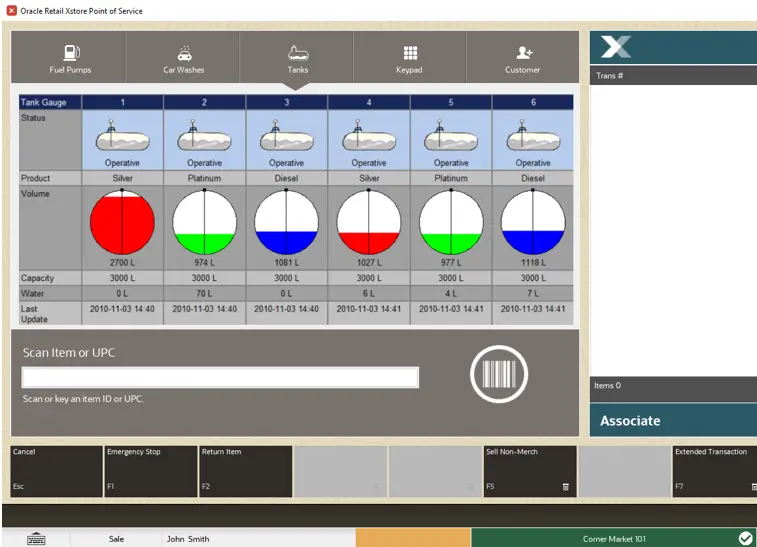
The transaction can be pulled to the sales screen after they are finished. The solution also supports blended fuels, calibration, and price changes. Moreover, we have prepared new screens for emergency situations as well: from each screen all pumps can be stopped immediately, for example in the event of a fire.
We have also implemented the most important reports such as sales, inventory, delivery & productivity reports. The basic idea is to record all mandatory information, with significantly more details into the database, so the retailer can decide what reports they will use based on regulatory, compliance and corporate needs.
Are You Interested In Oracle Extensions?
Get in touch with our team to learn how our extensions can help you make the most of your Oracle system today!

